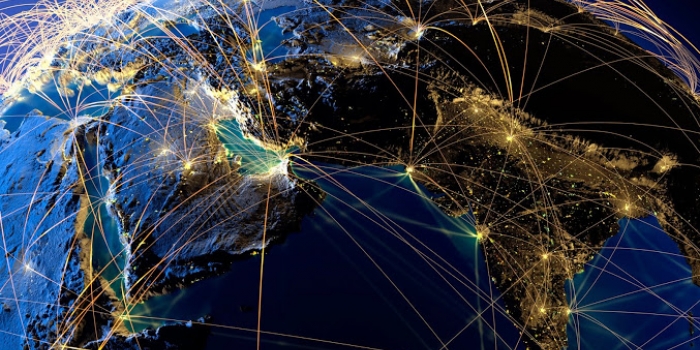The African Union has launched the long-awaited “Single African Sky” initiative, aimed at opening up the continent’s fragmented airspace.
It also hopes to ratify and operationalise its ambitious Continental Free Trade Area (CFTA) initiative in March, and implement it by the end of 2018. This would mean unifying its existing regional economic blocs – all eight of them. This could create a $3.4 trillion market, with free movement of goods across 54 countries, and the free movement of Africa’s estimated 1.2bn people.
Both initiatives cut to the heart of one of the continent’s biggest constraints on trade and investment – limited regional integration. According to the African Development Bank intra-African trade was just 16% in 2014. Comparable figures are 40% in North America and roughly 60% in Western Europe.
The World Bank estimates that intra-African trade costs are around 50% higher than in East Asia, and are the highest of intra-regional costs in any developing region. It is perhaps Africa’s biggest underutilized opportunity. Boosting internal trade is seen as a key to addressing core development challenges like infrastructure development and unemployment.
Limited integration is a constant source of frustration for businesses, both African and global, so the AU’s plans are welcome news. But it is way too soon to celebrate. The challenge of regional integration has been a major obstacle to development for decades. It is a massive logistical and administrative undertaking, one that any regional body – EU, AU or otherwise – would struggle with.
Also, these ideas are not new, and the record of implementation is not great. The predecessor to the Single African Sky initiative is the 1999 Yamoussoukro Decision, which 44 countries signed up to. Almost two decades later there has been virtually no impact.
Overambitious timeline?
So far only 23 countries have signed up to Single African Sky. The Continental Free Trade Area is already behind schedule.
First announced in 2012 it was supposed to be implemented by the end of 2017. Given the size of the task, and the limited level of integration across the continent today, an end of 2018 timeline sounds more than a little ambitious.
But this does not mean there is no progress. Trade numbers are rising, albeit slowly, and there is important investment going into building new ports, railways – mostly from China – and other key infrastructure projects like power across the continent. Some of the projects are on a regional level.
In addition President Paul Kagame of Rwanda is heading up a team of hand-picked experts to reform the African Union into an institution better suited to helping Africa tackle its development challenges, including regional integration. They have their work cut out for them, but the potential prize is well worth the effort. We will have to wait and see.
Source: African Business Magazine
































